Humanity is facing unprecedented challenges to its long-term survival on planet Earth. Foremost among them is climate change, as rising temperatures pose an existential threat to the human race.
More than 70% of our planet is covered by oceans, which are natural climate regulators. To avoid disaster and mitigate the impacts of climate change, the protection and preservation of our oceans is therefore essential.
Rising temperatures are causing lasting damage to marine ecosystems, while many other human behaviours are equally destructive. We are emitting millions of tonnes of carbon dioxide into the atmosphere and have also been guilty of marine and land-based pollution, unsustainable fishing and habitat degradation that is causing widespread loss of species.
Many experts have warned that, by 2050, 90% of coral reefs may be dead, unleashing of waves of mass marine species extinction. If current trends continue, there may actually be more plastic than fish in the sea. Just imagine that.
If our oceans die, so do we. While 2050 may seem far down the road, it is less than three decades away. In the lifespan of planet Earth, it is the blink of an eye.
Over the past decade, the ATSEA (Arafura and Timor Seas Ecosystem Action) Project has been working hand-in-hand with the governments of Indonesia, Timor-Leste, Papua New Guinea and Australia to address these challenges.
The ATSEA-2 Project is the second phase of the Global Environment Facility (GEF) project, which is financed and supported by UNDP. Set to run from 2019 to 2024, it has achieved a number of key milestones.
The Arafura Timor Seas (ATS) region covers more than 5,000 km of coastline and impacts the lives of more than 1 million inhabitants, with an estimated economic value of US$7.3 billion per year. The marine environment here is under serious threat from over harvesting and other indirect impacts of human activity.
The region is also adjacent to the Coral Triangle; a hub of global marine biodiversity, which contains some of the most pristine – and highly threatened – coastal and marine ecosystems. This includes 25% of the world’s last remaining mangroves.
We must devote all our efforts to preserve and protect our natural heritage. The ATSEA Project’s aim is to promote sustainable development in the ATS region to improve the lives of coastal communities through restoration, conservation and sustainable management of marine-coastal ecosystems.
The ATSEA-2 Project supports the implementation of the Strategic Action Programme (SAP) for the ATS region, which included the creation of a functioning regional governance mechanism, incorporating climate change adaptation into integrated coastal management system, having up to 25% of over-exploited fisheries in the region moved to more sustainable levels, and the integration of oil spill response systems and procedures in the ATS region.
Continue reading on Jakarta Post


